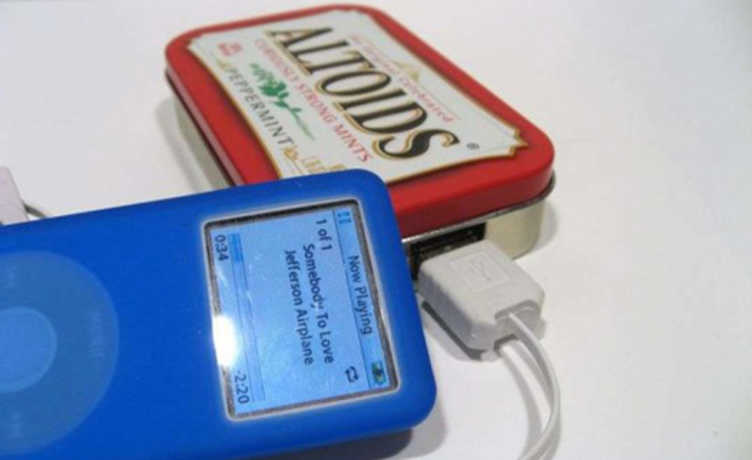Learn how to make a homemade pH meter
Learn how to make a homemade pH meter using red cabbage

If you've ever needed to measure the pH of water or another substance, you might be surprised to learn that it's possible to make a homemade pH meter using cabbage. A simple cabbage and a few ingredients you probably have at home could have solved your water pH problem.
What is pH?
The acronym pH stands for Hydrogenionic Potential, this is nothing more than a scale that measures whether a substance is acidic, alkaline (basic) or neutral. The pH is related to the concentration of Hydrogen ions (H+) and OH- ions. The lower the pH of a substance, the higher the concentration of H+ ions and the lower the concentration of OH- ions. The pH range varies from 0 to 14, the closer to zero the more acidic the substance and the closer to 14 the more alkaline it becomes. For example, lemon, which is a citrus fruit, reaches 3 on the pH scale. A bar soap on the market has a pH around 10, so it is alkaline.
In order to accurately measure the pH of a substance, we use a peagometer, which basically consists of an electrode and a potentiometer. The potentiometer is used to calibrate the device with reference solutions - the pH is measured by immersing the electrode in the solution to be analyzed.
Another way is with the use of litmus paper and phenolphthalein. In the presence of acids, the litmus paper turns red and the phenolphthalein solution changes from red to colorless in the presence of an acid.
Home pH meter
Cabbage is rich in anthocyanins, which are pigments responsible for a variety of attractive colors of fruits, flowers and leaves that range from red to blue.
When we use the extract of a vegetable, such as red cabbage, we get a broad-spectrum pH meter, that is, it can measure from pH = 1 to pH = 12, changing its color from red to green. The color variation is very small, so this is not a very accurate method, but it works very well for home use.
How to make
Take some red cabbage leaves (30 g) and cut into very small slices, place to cook with an amount of water equal to the chopped leaves (approximately 150 ml). Simmer for 15 minutes and allow to cool. Now, use a sieve and try to extract any remaining water into a clean container. To increase shelf life, add a little alcohol and keep in the fridge.
How to use
To use the pH meter on any substance, just add a few drops of red cabbage extract to about 5 ml of the solution to be measured. From the color the mixture is, you'll know if it's basic or acidic. To better visualize the colors, place them in front of a white sheet or wall. Check the resulting color and its respective pH:Color Changes
| Color | pH |
|---|---|
| Red | 2 |
| violet red | 4 |
| Violet | 6 |
| violet blue | 7 |
| Blue | 7,5 |
| greenish blue | 9 |
| bluish green | 10 |
| Green | 12 |










